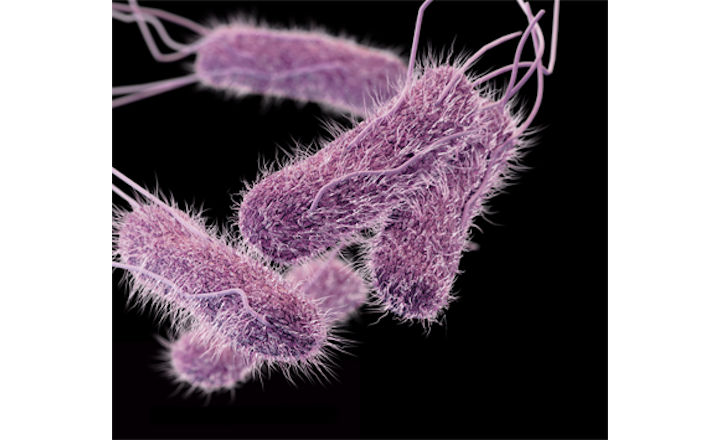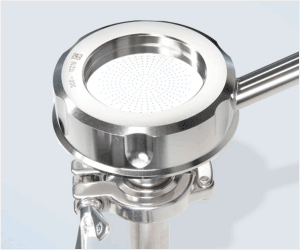Fast, Accurate, Port...
17th September 2021 Editorial by: rapidmicrobiology staff writer
Salmonella Main Culprit in Outbreaks from Novel Foods

Two-thirds of novel foods identified as the cause of US foodborne illness outbreaks do not require cooking after purchase, with Salmonella being the leading disease-causing agent. (Novel foods, in this context, are foods that have never been attributed to a foodborne illness before 2007).
The investigation analyzed cases reported to the CDC Food Disease Outbreak Surveillance System (FDOSS) for the 2007-2016 period and identified 28 novel foods that caused 14,216 foodborne illnesses and 36 outbreaks.
Both imported and domestic caught fish were the most common novel food to cause illness. Toxins, which cannot be destroyed by cooking or freezing, such as the Scromboid toxin, for example, were responsible for a large proportion of fish-related illnesses. However, the report didn't specify how the fish was sold; toxins, such as the ones mentioned in the study, are known to be present in smoked and canned preparations.
The report 'Novel Outbreak-Associated Food Vehicles, United States,' which was published in the CDC journal of 'Emerging Infectious Diseases' also stated that one-third of the novel foods identified had been imported and that ready-to-eat foods such as Kale, blueberries, and various nuts, plus foods that don't require any refrigeration, are the cause of the majority of outbreaks.
Out of the 36 outbreaks, 27 were from bacteria, toxins (5), viruses (1), and parasites (1). Salmonella was the most common bacterial pathogen found in the study, followed by Shiga-toxin E. coli.
Tags:
Date Published: 17th September 2021
Fast, Accurate, Portable Legionella Testing







